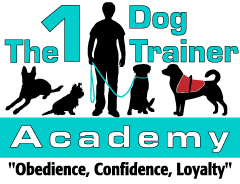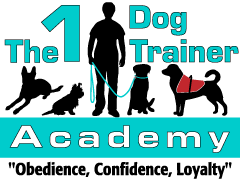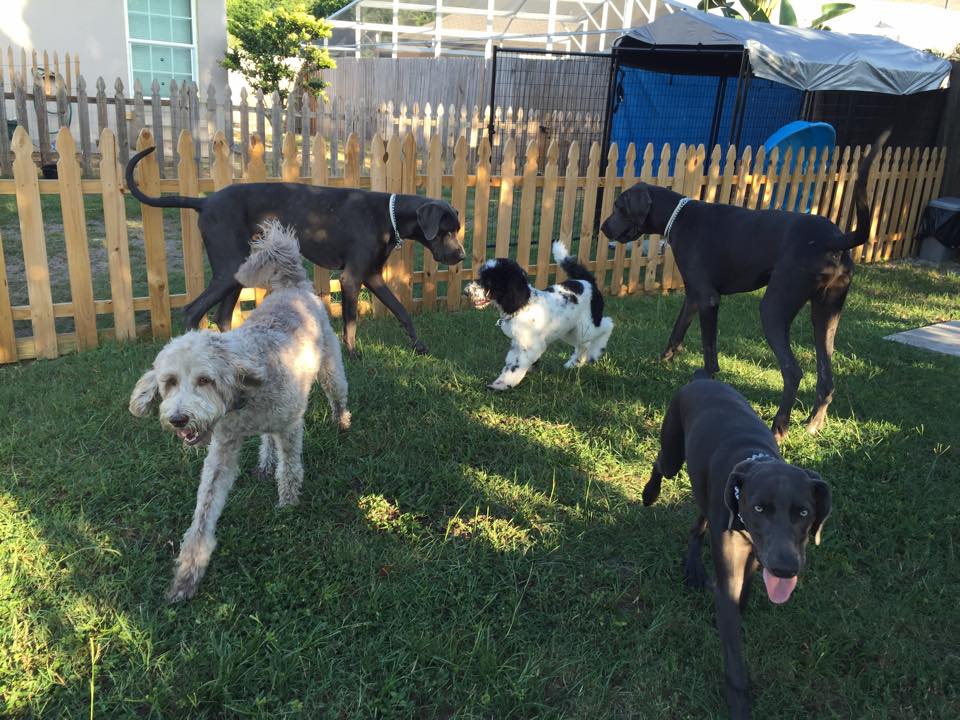There are many different methods and styles when it comes to professional dog training. This is good because not every dog can be trained the same way. Click on the boxes below to read about the different types of dog training tools and methods that you’ll find trainers using. Then read on to find out how to choose the best dog training style for your pet.
Common Dog Training Tools and Methods
Different Dogs Need Different Training Methods
Not every dog can be trained the same way. For example, take training a 10 week old puppy versus a two year old adult dog. You don’t want to put a correction collar on a young puppy who is not physically or mentally prepared for the type of correction this collar gives. For puppies, because they are immature and have a short attention span, you need to use coaxing methods to teach them basic commands. These methods include treat, praise or toy motivation, and may include a puppy harness for physical motivation. As the puppy matures and grows, you can move to a non-invasive training collar, such as a cloth martingale. From there, depending on the dog and its personality and desired training by the owner, you may move to a smooth choker chain training collar. Other trainers may then move to a pinch/prong collar and even require the use of a remote electric collar.
Our Academy’s Style of Training
The 1 Dog Trainer Academy always uses positive reinforcement / praise reward as its first method of training. From there, depending on the dog’s personality and age, we may use a combination of treats, martingale training collars, or a smooth choker collar. We do NOT believe in starting with what we consider your “last resort training tools,” such as remote collars or pinch/prong collars. This does not mean that we are against trainers that use these methods, particularly when dealing with Military Working Dogs and Police Working Dogs. As we’ve said, not all dogs require the same method of training. These dogs are bred solely for working and need to be of strong mind, strong will, and strong body. The average person does not own a dog of this caliber. For your everyday pet who you want to be obedient, well-mannered, and well behaved, the first three methods we mentioned will do just fine.
Which Training Method is Best for Your Dog?
The fact is, there are many dog training tools out there, just as there are many dog trainers, both amateur and professional. The same fact is it is UP TO YOU how you decide to have your dog trained and who will do the training. If you contact a trainer (or organization) and you don’t understand or feel that your dog needs the methods they use, ask if they can use a different method on your dog. If they are not willing to work with you… look elsewhere. Our decision to use certain tools depends on your choice to use them. If an owner asks us to use a method we have been trained to use and feel that is the best options for training, we will be more than happy to abide.


